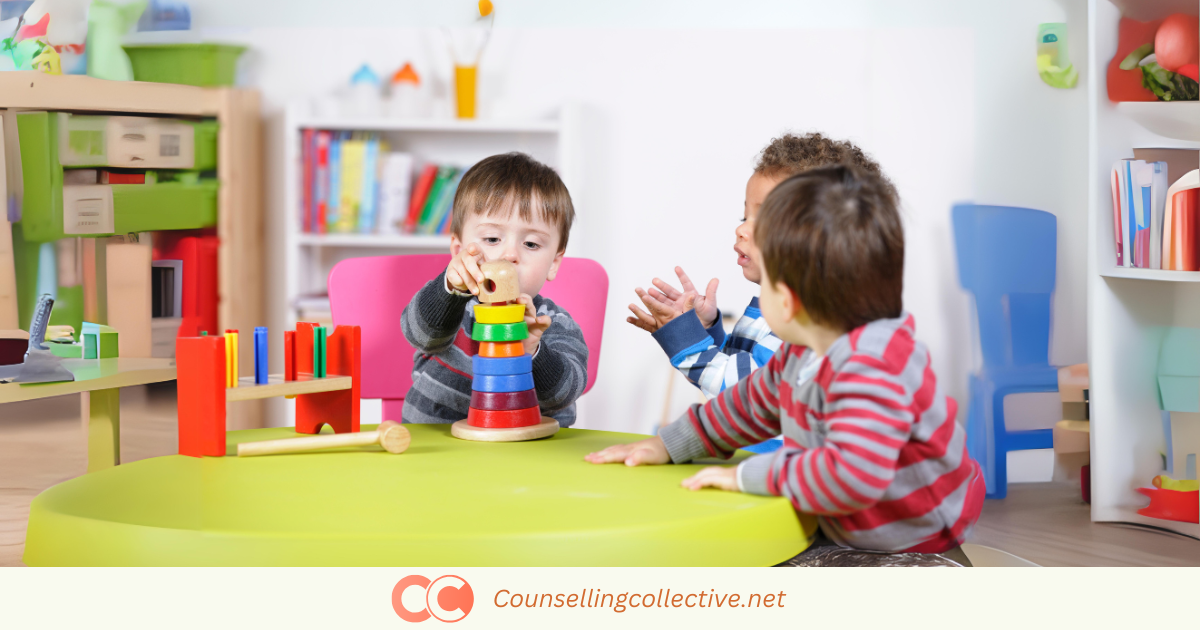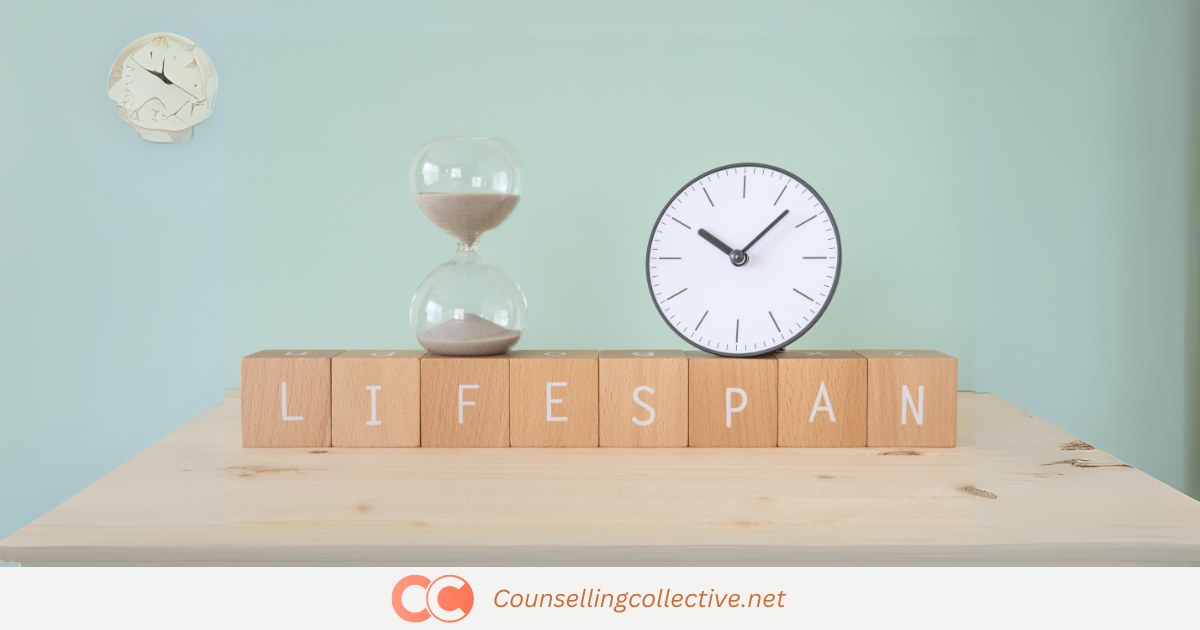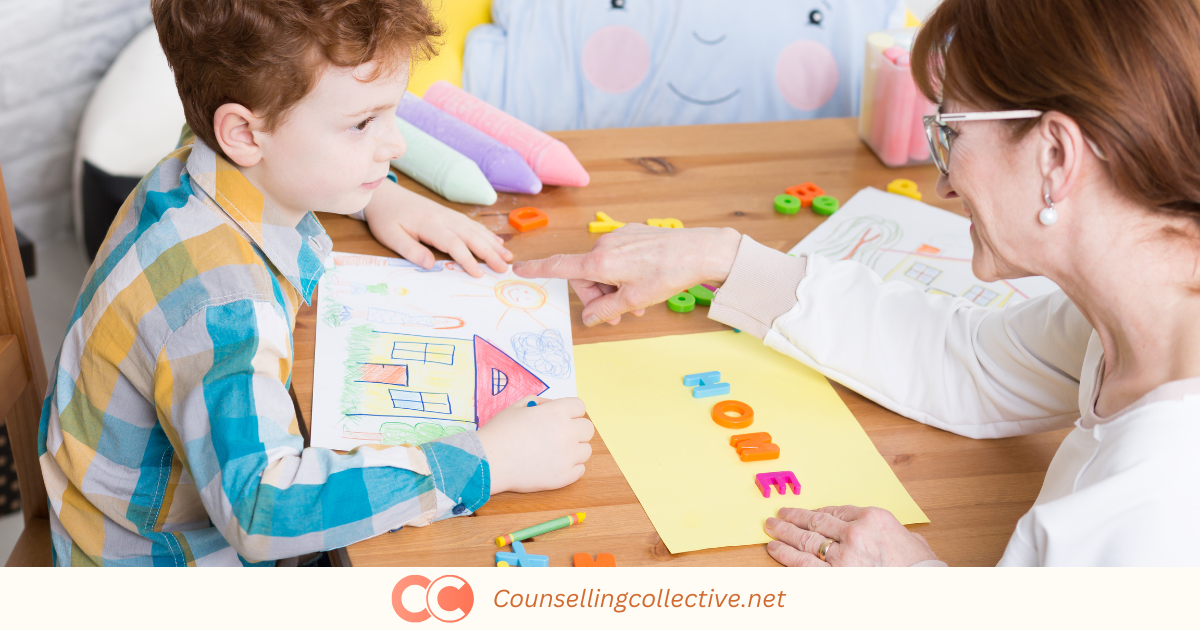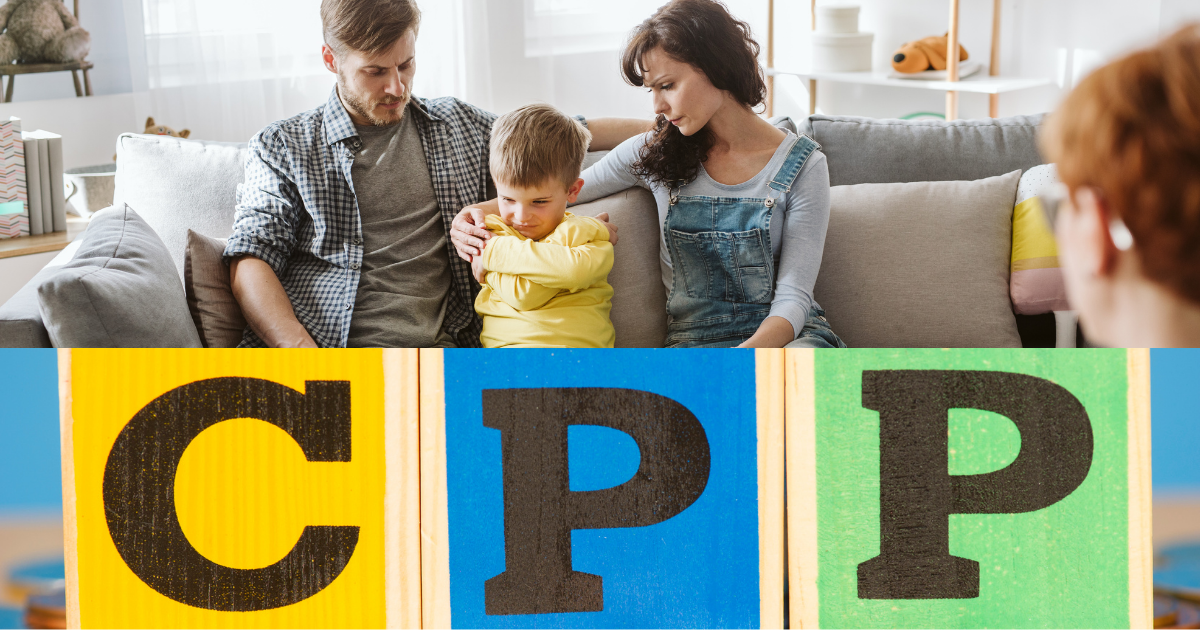Contents
Introduction
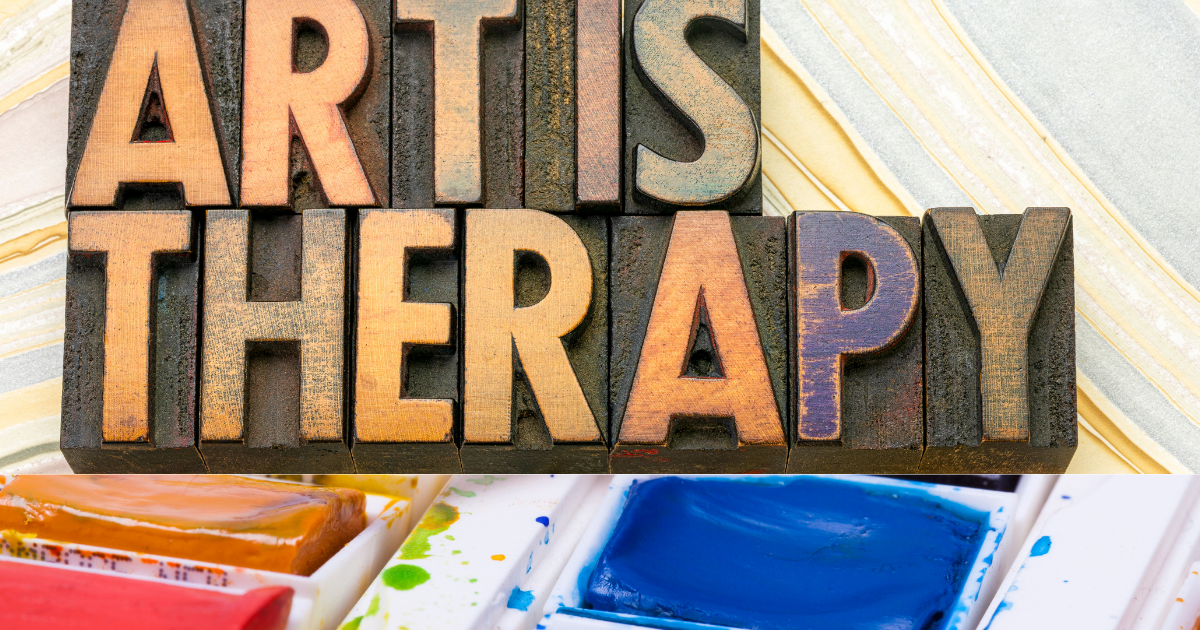
Art Therapy: Techniques, Applications, and Effectiveness
Art therapy is a therapeutic practice that utilizes creative processes such as drawing, painting, and sculpture to help individuals express themselves and address psychological and emotional challenges. It is used across various settings to improve mental health, foster self-awareness, and enhance personal growth. Art therapy is particularly beneficial for those who may find verbal expression difficult, offering a non-verbal avenue to explore and process emotions.
This article provides a comprehensive examination of art therapy, outlining its core techniques, applications across different mental health conditions, and effectiveness. It will also address common misconceptions and criticisms associated with art therapy and evaluate its impact on emotional and psychological well-being.
What is Art Therapy?
Art therapy is a psychotherapeutic approach that integrates art-making with traditional therapeutic techniques. Developed in the mid-20th century by pioneers such as Margaret Naumburg and Edith Kramer, art therapy combines the creative process with psychological theory to help individuals explore and express their thoughts and feelings. It allows individuals to communicate non-verbally through art, which can be particularly useful for those who struggle with traditional verbal communication. Art therapists use various creative methods, including drawing, painting, and sculpting, to assist clients in understanding and working through their emotional and psychological issues.
Art therapy is crucial because it offers a distinctive and effective avenue for expression and self-exploration, particularly for those who struggle with verbal communication. By engaging in creative activities, individuals can project and externalize their internal experiences, facilitating emotional release and self-discovery. This non-verbal approach allows clients to explore complex feelings and thoughts that might be difficult to articulate. Art therapy also supports healing and personal growth by providing a safe space to process emotions and gain insights.
Types of Art Therapy
- Digital Art Therapy: Incorporates digital platforms and tools, such as graphic design software and digital painting applications, into the therapy process. This method provides a modern, flexible medium for expression and can appeal to tech-savvy individuals or those who feel more comfortable in digital spaces.
- Visual Art Therapy: Utilizes traditional visual arts like painting, drawing, and sculpture to help clients express emotions, process trauma, and foster self-awareness. This type is commonly used in therapeutic settings to encourage non-verbal communication, allowing individuals to convey complex feelings that may be difficult to articulate.
- Music Art Therapy: Incorporates music creation, listening, and movement to aid in emotional release, cognitive function, and mood regulation. Clients can engage in composing or playing instruments, which can improve emotional expression and enhance personal growth.
- Dance and Movement Therapy: Focuses on body movement as a form of self-expression and healing. This approach helps individuals connect mind and body, improving mental health by encouraging the release of emotions through physical movement.
- Drama Therapy: Involves role-playing, storytelling, and acting to help individuals explore their inner world, confront unresolved issues, and develop healthier behaviors. It’s particularly useful for individuals struggling with identity or relational problems.
- Phototherapy: Uses photography to explore personal experiences, self-identity, and emotions. Clients may create or analyze photos as a way to process trauma, engage in self-reflection, or explore different perspectives on life.
Core Concepts
- Creative Expression: Art therapy facilitates the expression of emotions and thoughts through various artistic activities. This non-verbal mode of communication allows individuals to articulate feelings and experiences that might be difficult to express verbally. By engaging in creative expression, clients can gain insights into their inner world, discover hidden emotions, and support emotional healing. This process often uncovers aspects of the self that may not be easily accessible through traditional talk therapy.
- Symbolism: Art therapy frequently involves the use of symbols and imagery to represent emotions and experiences. Clients may create artwork that includes symbols, metaphors, or abstract forms that reflect their psychological state or life experiences. Analyzing these symbols can help both the client and therapist understand underlying issues and recurring themes in the client’s life. The exploration of symbolic content can reveal deeper insights into emotional conflicts and contribute to resolving psychological challenges.
- Therapeutic Process: The process of creating art in therapy is often as significant as the final artwork itself. Engaging in art-making allows individuals to explore their feelings and experiences in a tangible way, facilitating self-reflection and personal insight. This creative process provides a safe and supportive environment for individuals to work through psychological challenges, express complex emotions, and develop coping strategies. The act of creating art can be therapeutic in itself, offering a means of processing and understanding one’s inner world.
Techniques Used in Art Therapy
- Emotion-Based Art-Making: Emotion-Based Art-Making involves using art to express and explore complex emotions. Patients create visual representations of their feelings using colors, shapes, and forms, which helps in identifying and processing their emotions. This technique provides a non-verbal outlet for emotions, facilitating self-understanding and therapeutic insight.
- Visual Relaxation: Visual Relaxation involves creating calming and soothing images, such as serene landscapes or mandalas, to induce relaxation and mindfulness. By focusing on and reflecting on these soothing images, individuals can reduce anxiety and stress. This technique helps in shifting attention away from anxiety-provoking thoughts and promotes a state of calmness.
- Communication-Based Art Activities: Communication-Based Art Activities use art to improve verbal and non-verbal communication skills. Activities like creating visual storybooks or illustrated narratives help individuals express their thoughts and emotions more effectively. This technique supports social interaction and enhances the ability to share personal experiences.
- Self-Reflection Art Exercises: Self-Reflection Art Exercises involve creating art that prompts introspection and personal insight. Techniques like drawing personal symbols or crafting vision boards encourage individuals to reflect on their goals and self-perceptions.
Understanding How Art Therapy Works
Art therapy works by leveraging the creative process as a therapeutic tool to facilitate self-expression, emotional processing, and personal insight. Creating art allows individuals to externalize their inner experiences, making abstract feelings and thoughts more tangible and manageable. Through the artistic process, individuals can explore their emotions, gain new perspectives, and develop coping strategies. The therapeutic relationship between the client and the art therapist also plays a important role, providing support and guidance throughout the process.
Real-Life Example: An individual grappling with anxiety might participate in art therapy to visually represent their feelings of worry. Through drawing or painting, they might depict their anxieties as chaotic or overwhelming images. As they engage in this creative process, they gain a clearer understanding of their anxiety and its triggers. The act of creating and reflecting on their artwork can provide a sense of relief and a means to explore coping strategies, leading to improved emotional balance and a reduction in anxiety symptoms.
Notable Figures in Art Therapy
Margaret Naumburg: Known as one of the pioneers of art therapy, Naumburg developed “dynamically oriented art therapy,” which uses art to explore the unconscious mind. Her approach integrates art-making with psychoanalytic concepts, helping individuals access and express deeper emotional and psychological content.
Edith Kramer: A key figure in art therapy, Kramer emphasized the role of artistic creativity in therapy, advocating for the use of art-making as a tool for psychological healing and personal growth. Her work focused on the therapeutic process of creating art and its impact on emotional and mental well-being.
Cathy Malchiodi: An influential contemporary art therapist, Malchiodi has extensively explored art therapy for trauma and healing. She has significantly contributed to the development of art therapy practices and techniques, particularly in applying art therapy to trauma recovery and emotional resilience.
Shaun McNiff: A prominent figure in art therapy, McNiff has explored the therapeutic potential of art and its role in personal and artistic growth. His work emphasizes the integration of creativity with psychotherapy, highlighting how artistic expression can facilitate personal insight and healing.
Margaret Naumburg- Image Source: creativewellbeings.com
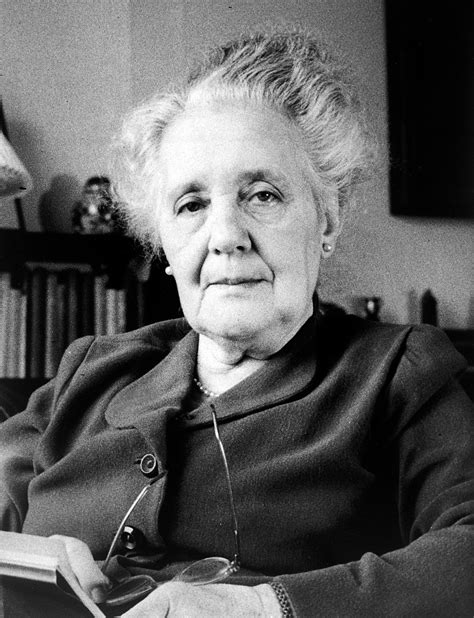
Theories Influenced by Art Therapy
- Humanistic Therapy: Art therapy aligns with humanistic therapy’s emphasis on self-exploration and personal growth. By facilitating creative self-expression, art therapy supports humanistic goals of self-awareness and self-actualization. The non-judgmental space provided by art therapy encourages individuals to explore their authentic selves and achieve personal fulfillment.
- Cognitive Behavioral Therapy (CBT): Art therapy can complement CBT by providing a non-verbal method for exploring and addressing cognitive and emotional patterns. The creative process can enhance cognitive restructuring and emotional regulation. Art therapy allows individuals to visually represent and reframe negative thoughts, thereby supporting cognitive change and emotional adjustment.
- Gestalt Therapy: Art therapy supports Gestalt therapy’s focus on present-moment awareness and emotional processing. Creating art allows individuals to express and integrate their current feelings and experiences. Through the creative process, individuals can gain insight into their immediate emotional states and improve their ability to live in the present moment.
- Psychoanalytic Therapy: Art therapy is informed by psychoanalytic principles, such as the exploration of unconscious processes. The use of art as a projective tool helps reveal underlying thoughts and emotions. By analyzing the content and themes in the artwork, therapists can gain deeper understanding of the client’s internal conflicts and unresolved issues.
Applications of Art Therapy in Treating Mental Health Disorders
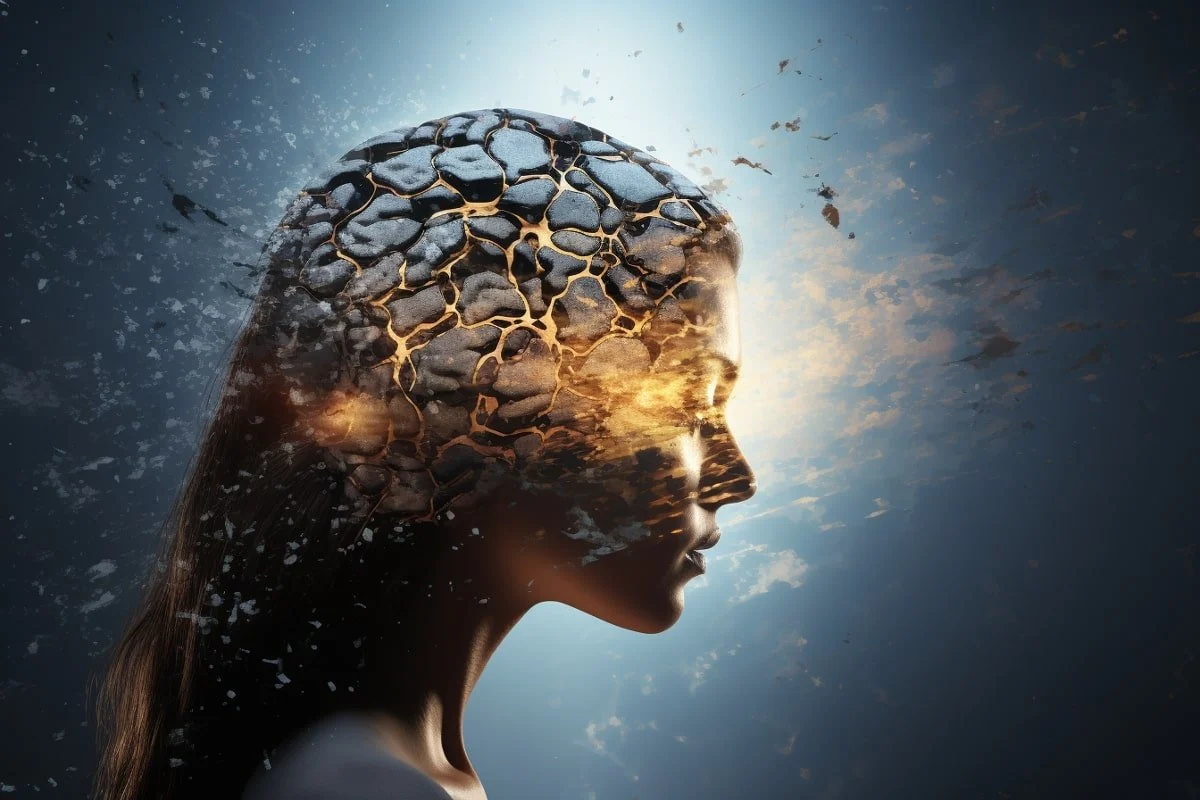
Major Depressive Disorder
Art therapy is utilized to help individuals with MDD express and process their emotions, fostering self-understanding and emotional release. The creative process serves as a therapeutic outlet, supporting overall treatment goals and improving mood.
Example: A person with MDD might use a technique called “emotion-based art-making,” where they create visual representations of their feelings of sadness and despair. For instance, they might use dark colors and abstract forms to express their inner turmoil. As they work through their artwork, they gain insights into their emotional state and begin to explore coping strategies.
Image Source: neurosciencenews.com
Art therapy helps individuals with anxiety disorders manage their symptoms and develop effective coping strategies. The creative process provides a way to explore and address sources of anxiety.
Example: An individual with generalized anxiety disorder (GAD) might use “visual relaxation techniques” in art therapy. They might create calming images, such as serene landscapes or mandalas, which help them focus on relaxation and mindfulness. By visualizing and reflecting on these calming images, they gain perspective on their worries and develop relaxation techniques.
Image Source: psychiatrycentre.co.uk

Anxiety Disorders
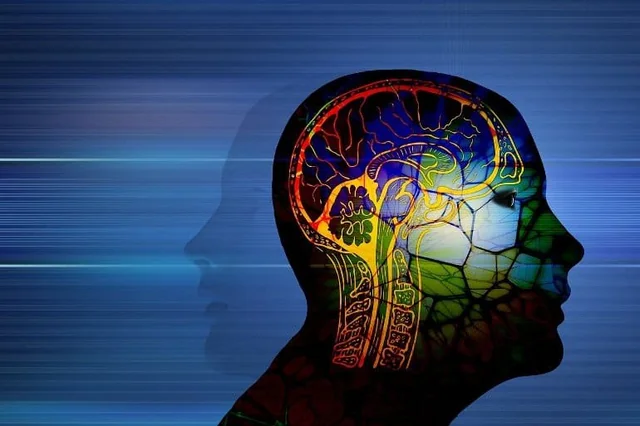
Autism Spectrum Disorder
Art therapy supports individuals with ASD in developing communication skills, social interaction, and emotional expression. The creative process facilitates engagement and self-expression.
Example: A child with ASD might participate in “communication-based art activities,” such as creating a visual storybook that illustrates their daily experiences and feelings. This activity helps the child practice verbal and non-verbal communication skills while expressing their thoughts and emotions through art.
Image Source: reddit.com
Certifications Programs for Art Therapist
- American Art Therapy Association (AATA) Credentialing Program: AATA offers comprehensive guidelines for certification in art therapy, providing a pathway for therapists to become credentialed as Registered Art Therapists (ATR). This certification ensures that professionals meet high standards in the practice of art therapy, focusing on ethical practice, client welfare, and the effective use of art as a therapeutic tool in settings like mental health clinics, schools, and hospitals. The program emphasizes client-centered care and creative expression to foster emotional and psychological healing.
- Art Therapy Credentials Board (ATCB) Certification: Offers certification for art therapists to become Board-Certified Art Therapists (ATR-BC). The program includes rigorous training and evaluation, ensuring that therapists possess the necessary skills to integrate art into therapeutic sessions. ATCB certification is recognized internationally, with a strong emphasis on professional competence, ethical practice, and continuing education. Certified therapists work in diverse settings, including rehabilitation centers, educational institutions, and private practice.
- British Association of Art Therapists (BAAT) Professional Accreditation: BAAT provides professional accreditation for art therapists in the UK, offering recognized pathways to becoming a Registered Art Therapist (RAT). The program combines clinical practice with creative arts education, ensuring that therapists are trained to provide holistic care. BAAT accreditation emphasizes the importance of reflective practice and ethical standards in therapeutic work, supporting emotional resilience and personal growth in clients through creative expression.
- Canadian Art Therapy Association (CATA) Certification: CATA offers a certification pathway for art therapists in Canada, leading to the designation of Canadian Certified Art Therapist (CATA). The certification program focuses on the integration of art-making and mental health practices, providing therapists with the skills to facilitate therapeutic healing through visual art. CATA emphasizes cultural sensitivity, client-centered approaches, and the therapeutic potential of creativity in diverse settings, including community centers, hospitals, and mental health services.
- New York University (NYU) Art Therapy Master’s Program: NYU offers a highly regarded master’s program in Art Therapy, combining academic training with clinical practice. The program prepares graduates for certification as art therapists, focusing on both traditional and contemporary approaches to art therapy. NYU’s program emphasizes the therapeutic benefits of art in addressing trauma, emotional regulation, and personal development, ensuring that therapists are equipped to provide evidence-based care in mental health settings, educational institutions, and community programs.
What to expect in an Art Therapy Session
In an art therapy session, clients engage in creative activities such as drawing, painting, or sculpting under the guidance of a trained art therapist. The process is designed to encourage self-expression, allowing clients to explore their emotions and thoughts through artistic mediums. The focus is not on creating a masterpiece but on the therapeutic journey, where the artwork serves as a tool for communication and reflection.
The therapist typically facilitates discussions about the artwork, helping clients uncover underlying emotions or issues that may be difficult to express verbally. Sessions may also include guided prompts or themes to focus the client’s creative exploration, depending on the therapeutic goals. The safe, non-judgmental space provided by the therapist encourages openness, emotional release, and self-awareness.
Clients can expect to experience a variety of benefits, including reduced stress, increased emotional insight, and improved coping skills. Whether addressing trauma, anxiety, or personal growth, art therapy allows for deep emotional processing in a supportive environment, fostering healing through creativity and self-expression.
Common Myths About Art Therapy
| Myth | Explanation |
| Art Therapy is Only for Artists | Art therapy is not about artistic talent but about using art as a means of expression and healing. Anyone can participate, regardless of artistic skill. |
| Art Therapy is Just Play Therapy | While art therapy involves creative activities, it is a structured therapeutic approach with specific goals and techniques. It is not merely play but a method of exploration and healing. |
| Art Therapy is Only for Children | Art therapy benefits individuals of all ages. It is used with children, adults, and elderly populations to address various emotional and psychological issues. |
| Art Therapy is a Quick Fix | Art therapy is a process that requires time and engagement. It is not a quick solution but rather a method to facilitate deep emotional exploration and healing over time. |
Criticisms of Art Therapy
- Limited Empirical Evidence: Despite its growing popularity, art therapy faces criticism for the lack of robust empirical evidence supporting its effectiveness. Many studies on art therapy rely on small sample sizes or lack rigorous control groups, making it challenging to draw definitive conclusions about its efficacy. Critics argue that more high-quality, large-scale research is needed to validate art therapy as a reliable treatment modality.
- Subjectivity in Interpretation: Art therapy often involves interpreting the symbolic meaning of the artwork created by patients, which can be highly subjective. The meaning and therapeutic value of art are interpreted through the therapist’s perspective, potentially leading to varying conclusions and therapeutic outcomes. This subjectivity can make it difficult to standardize treatment approaches and evaluate their effectiveness objectively.
- Variability in Practice: The practice of art therapy can vary widely among practitioners, with differences in techniques, theoretical frameworks, and therapeutic goals. This lack of standardization can lead to inconsistent treatment experiences and outcomes for patients. Variability in practice also complicates the ability to develop standardized protocols or to compare results across different studies and settings.
- Potential for Misuse: Art therapy may be misused if practitioners lack proper training or if it is applied inappropriately. Without a clear understanding of the therapeutic process, there is a risk that art therapy could be used ineffectively or even harmfully. Ensuring that art therapists have adequate training and adhere to established ethical guidelines is essential to mitigate this risk.
Conclusion
Art therapy offers a unique and effective approach to addressing emotional and psychological challenges through creative expression. By integrating artistic activities with therapeutic techniques, art therapy facilitates self-exploration, emotional processing, and personal growth. Despite its benefits, challenges such as accessibility, individual differences in response, and the need for more research into its mechanisms continue to be areas of focus. Art therapy remains a valuable tool for enhancing mental health and well-being, offering a creative pathway to healing and self-discovery.
References
- Malchiodi, C. A. (2012). Art Therapy and the Brain: Using Art to Facilitate and Access Brain Function. Guilford Press.
- Kramer, E. (1971). Art as Therapy: A New Approach to Psychological Treatment. Schocken Books.
- Naumburg, M. (1973). Dynamically Oriented Art Therapy. Basic Books.
- McNiff, S. (1992). Art as Medicine: Creating a Therapy of the Imagination. Shambhala Publications.
- Cathy Malchiodi, C. A. (2013). Handbook of Art Therapy. Guilford Press.
- Gantt, L., & Tinnin, L. W. (2009). Art Therapy: A Guide to the Fundamentals. Routledge.
- Harris, A. (2006). The Art of Art Therapy: A Guide to the Therapeutic Use of the Arts. Routledge.
- Henderson, P. J., & Scull, N. (2013). Art Therapy with Older Adults: A Review of the Literature. Art Therapy Journal, 30(2), 81-87.
- Kapitan, L. (2010). Introduction to Art Therapy Research. Routledge.
- Case, C., & Dalley, T. (2006). The Handbook of Art Therapy. Routledge.
Explore more Theories & Therapies

